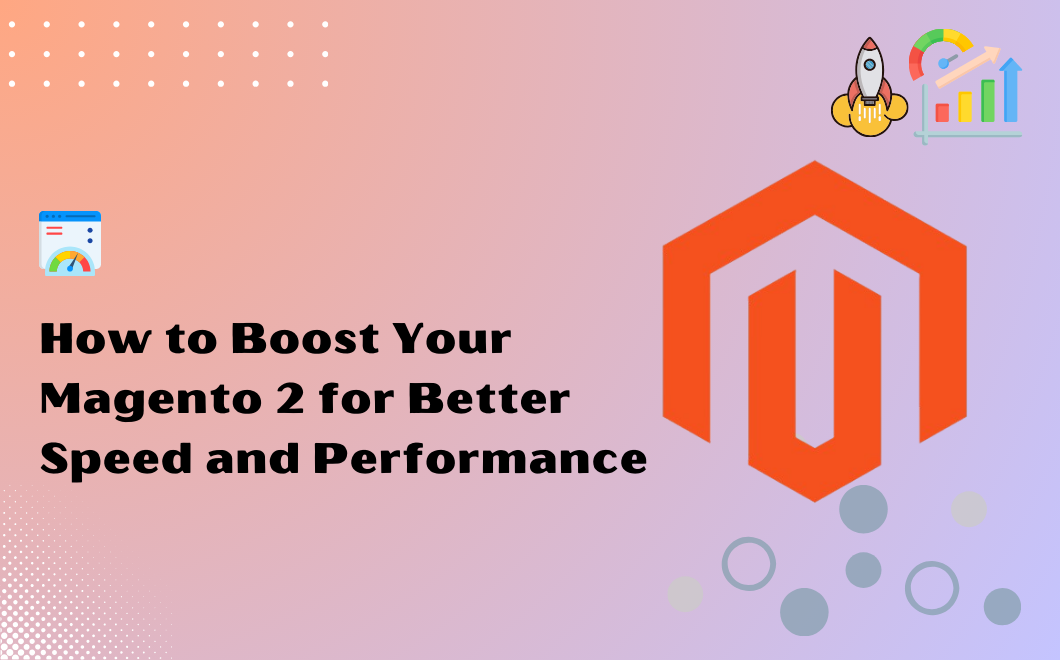Getting your Magento 2 store running smoothly is super important for keeping customers happy, helping your search engine rankings, and ultimately increasing your sales. Here’s a list of easy tips I’ve put together to help you speed up your Magento 2 site and improve performance.
- Pick the Right Hosting Provider
The key to a fast Magento store starts with a dependable hosting provider.
- Consider Managed Magento Hosting: Look into options like Nexcess, SiteGround, or Magento Cloud, as they work great with Magento and provide better performance.
- Look for SSD Storage: Using Solid State Drives can really speed things up on your site.
- Turn On Full Page Caching
Full Page Caching helps your pages load faster by storing them in the cache.
- Varnish Cache: Check out Varnish for caching full pages as it can help cut down server response time.
- Built-in Caching: Don’t forget about Magento’s built-in caching options; make sure they’re on and set up correctly.
- Optimize Your Images
Big images can slow down your site a lot.
- Image compression: Use tools like TinyPNG or ImageOptim to squish your images before you upload them.
- Use Next-Gen Formats: Think about using formats like WebP that compress images better without losing quality.
- Cut Down on HTTP Requests
Every item on a webpage needs its own HTTP request, which can slow things down.
- Combine CSS and JavaScript Files: Fewer files mean faster load times, so merge them when you can.
- Use Asynchronous Loading: Make sure to load scripts asynchronously to speed things up and avoid those annoying blocks.
- Use a Content Delivery Network (CDN)
A CDN helps your content load quicker for users no matter where they’re located.
- Benefits of CDN: By caching content on servers closer to your users, you can decrease loading times.
- Popular Choices: Check out CDN providers like Cloudflare or AWS CloudFront.
- Turn On Production Mode
Running Magento in production mode can really boost performance.
- How to Enable: You can switch to production mode using the command line with this command:
- php bin/magento deploy: mode:set production
- Clean Up Your Database Performance
Keeping your database in shape is vital for improving loading times.
- Regular Maintenance: Don’t forget to regularly clear logs and old data to keep your database efficient.
- Use Database Indexing: Make sure indexing is set up well for faster query times.
- Cut Down on Third-party Extensions
Extensions can be great, but they can also slow down your store.
- Audit Extensions Regularly: Get rid of any extensions you don’t need and keep only the ones you actually use.
- Choose Wisely: Be picky about extensions and stick to high-quality ones from trusted developers.
- Try Lazy Loading
Lazy loading is a trick that makes images load only when they’re visible on the screen.
Benefits: This can hugely cut down on your initial load time and make everything feel faster.
- Use Browser Caching
Browser caching helps by storing files that users frequently access on their browsers.
Set Expiration Headers: Make sure to set up expiration headers for your static resources to make returning visits faster.
Wrap Up
To get better performance and faster loading times for your Magento 2 store, it all comes down to smart hosting choices, solid caching strategies, and managing your content wisely.
Stick to these tips consistently and you should see a bump in your store’s performance, leading to better user experiences improved SEO and more sales.
Try these suggestions today and see the difference in your Magento 2 store’s performance!





